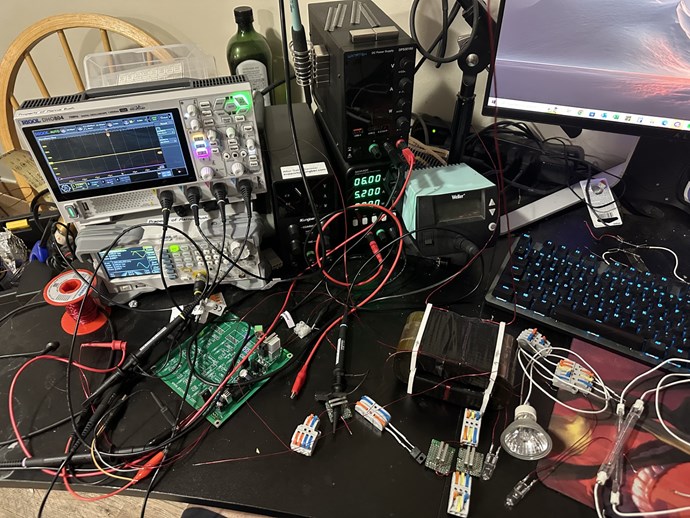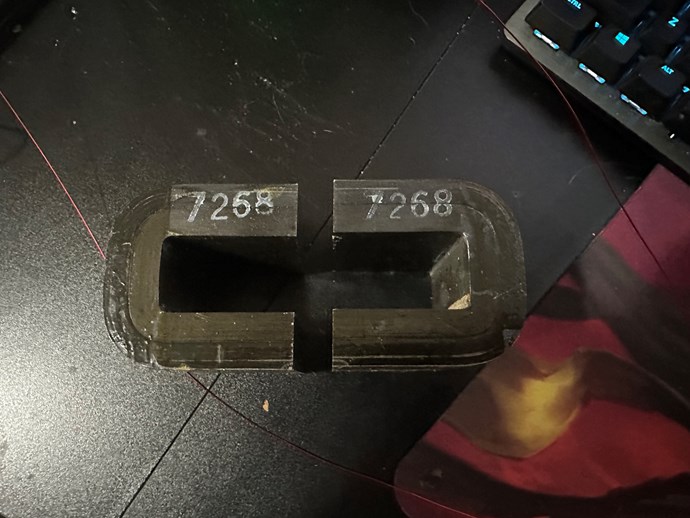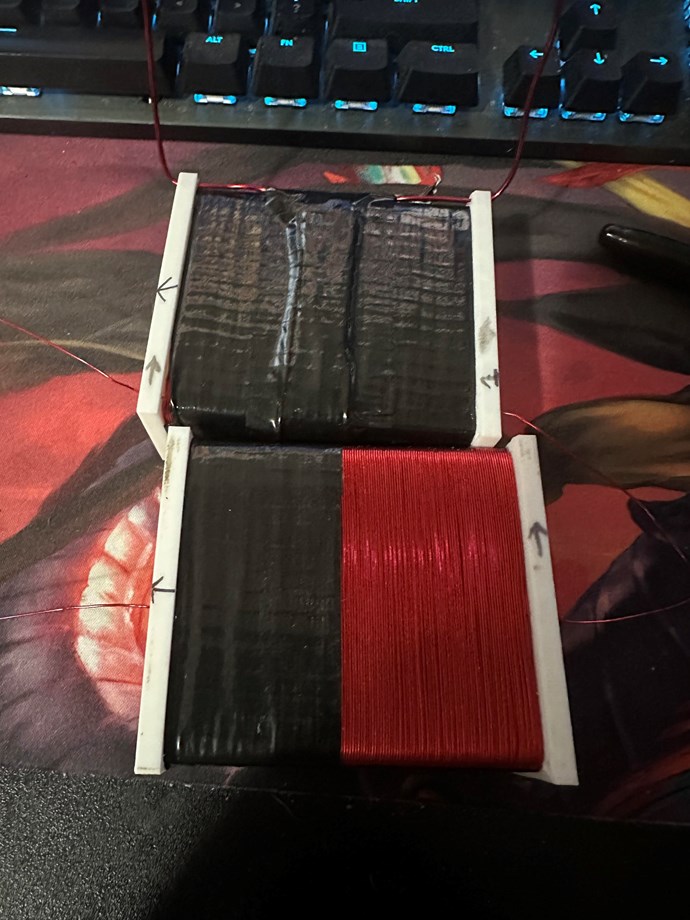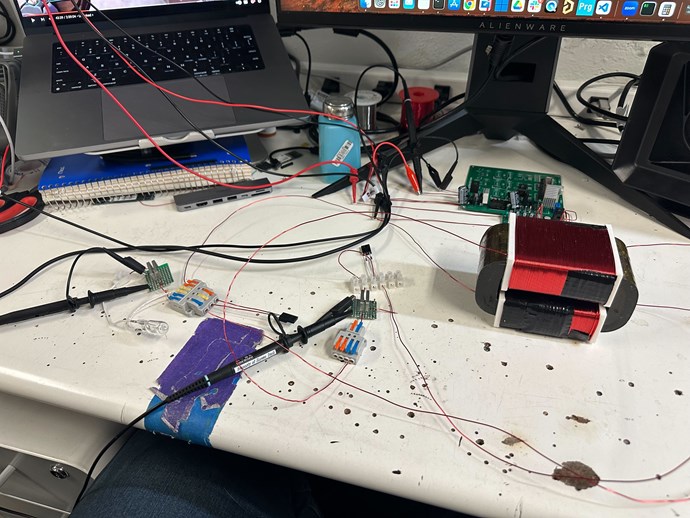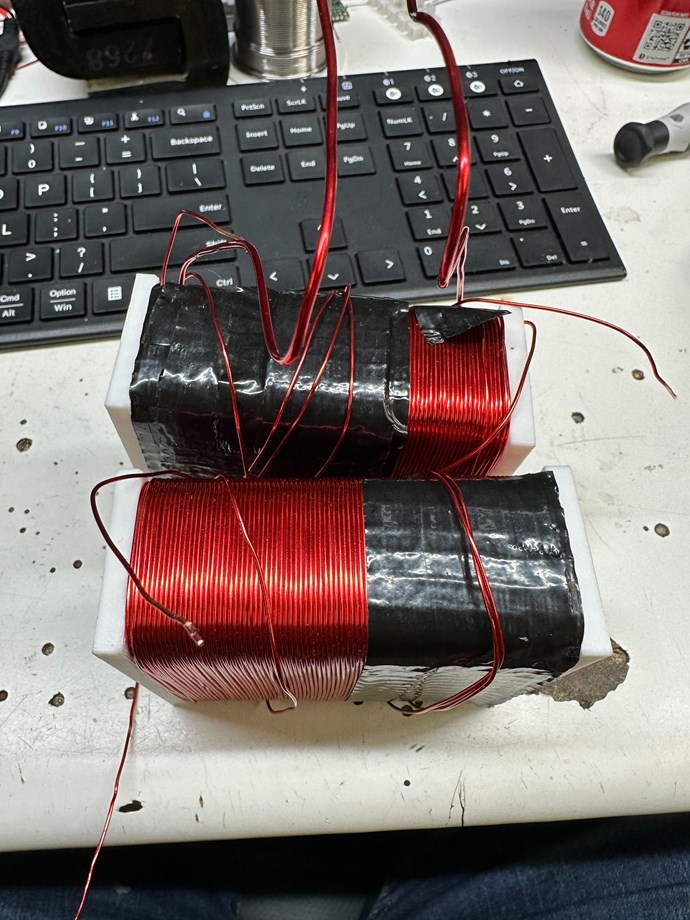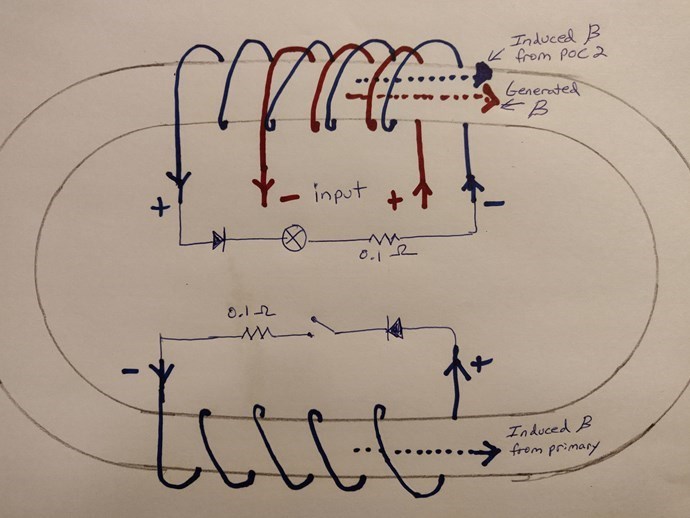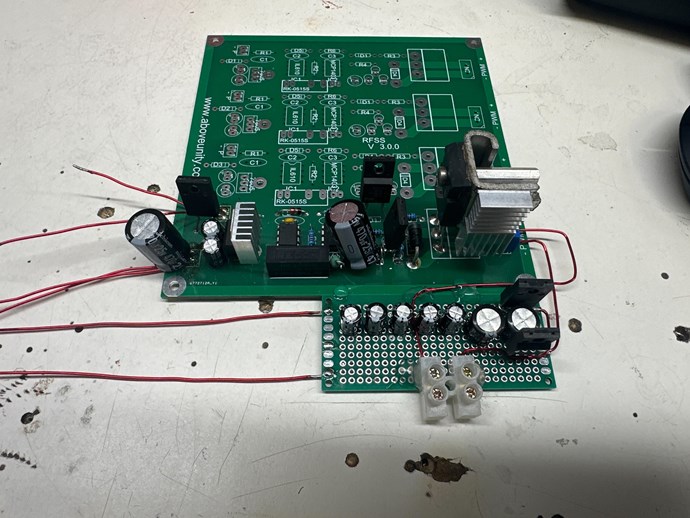Hey All,
Starting a thread for my Experiments, need some help with a few things before I post any findings of any sort, I really want to figure this all out and I am not going to give up until I do, free energy for the world is a necessity.
I am having a bit of difficulty trying to understand how to get the right frequency and what I should do to find it. I am getting a bit confused on what I need to do to get the correct frequency, do I do the Open-end test from one of Chris' videos? or am I calculating Fr = 1/2π√LC, or is there something else that I am missing? If I am doing either of those methods what are the parameters for testing is it L1 - L2 or L2 - L3, or do I need to add a capacitor into the circuit to calculate the right frequency?
I know that the Voltage of the input and the current of the output need to be 180 degrees out of phase, but I am just getting a little caught up on this specific part. There is a lot of information in the forum and sifting through it all is making me a bit confused.
If I could get some help with this, I would be grateful.







